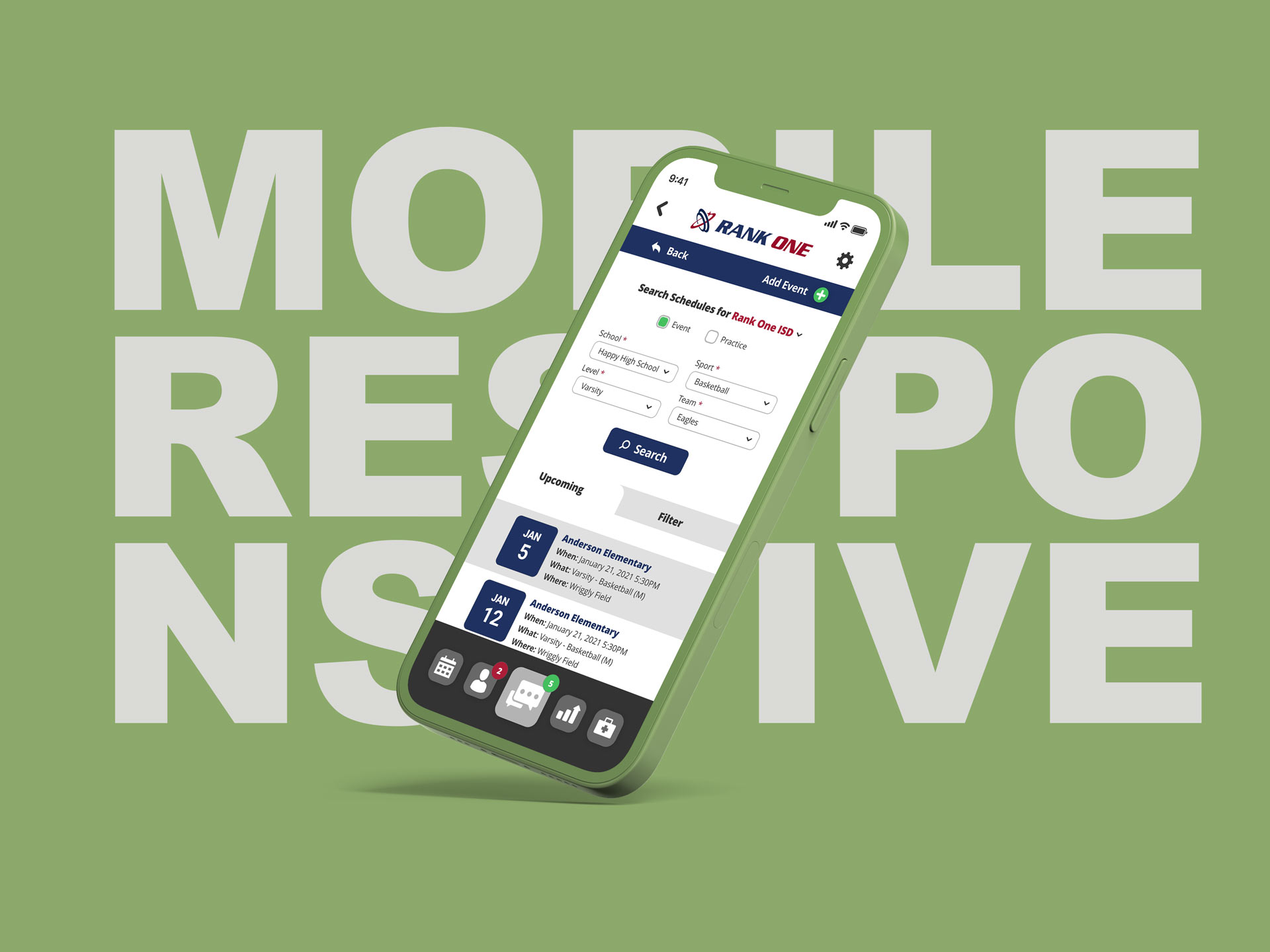In today’s digital landscape, the proliferation of mobile devices has fundamentally altered how users engage with online content. With a significant portion of global web traffic originating from smartphones and tablets, businesses must prioritize mobile-responsive web design to ensure an optimal user experience across all devices.
The Surge in Mobile Internet Usage
The shift towards mobile internet usage is both profound and accelerating. As of early 2025, approximately 67.9% of the world’s population—equating to 5.56 billion people—were using the internet. This widespread internet adoption underscores the necessity for websites to be accessible and functional on mobile devices. To underscore this, as of 2024 over 60% of web traffic was generated by mobile devices. If you cannot accommodate mobile users, it not only alienates a substantial segment of the audience but also risks diverting potential customers to competitors with more user-friendly mobile interfaces.
Enhancing User Experience Through Responsive Design
User experience (UX) is paramount in retaining visitors and encouraging engagement. Responsive web design allows websites to dynamically adjust their layout and content to fit the screen size and resolution of the device in use. This adaptability eliminates common issues such as distorted images, misaligned text, and cumbersome navigation, thereby providing a seamless and intuitive browsing experience. Studies have shown that responsive design maintains user experience quality in terms of home functionality, content readability, and overall enjoyment, while also reducing the amount of scrolling required when reading content.
Impact on Search Engine Optimization (SEO)
Search engines, particularly Google, prioritize mobile-friendly websites in their ranking algorithms. The adoption of mobile-first indexing means that Google’s algorithms predominantly use the mobile version of a site’s content for indexing and ranking. Websites lacking responsive design risk diminished visibility in search results, leading to decreased organic traffic and reduced online presence. Implementing responsive design is crucial for maintaining and improving search engine rankings in an increasingly mobile-centric world.
Boosting Conversion Rates and Reducing Bounce Rates
A well-executed responsive design directly influences conversion rates and bounce rates. Users are more inclined to engage with and make purchases from websites that offer a smooth mobile experience. Conversely, sites that are challenging to navigate on mobile devices often experience higher bounce rates, as frustrated users abandon the site in favor of more accessible alternatives. Responsive design ensures that users can easily find the content they are looking for, thereby enhancing user retention and satisfaction.
Cost-Effectiveness and Ease of Maintenance
Maintaining separate versions of a website for desktop and mobile users can be resource-intensive and prone to inconsistencies. Responsive design streamlines this process by utilizing a single codebase that adapts to various devices. This consolidation reduces development and maintenance costs while ensuring uniformity in content and functionality across all platforms. Furthermore, updates and modifications can be implemented more efficiently, as changes need to be made only once to affect all device versions.
Competitive Advantage in the Modern Marketplace
In an increasingly competitive digital landscape, providing a superior user experience can distinguish a business from its rivals. A responsive website signals to users that a company is attuned to their needs and committed to delivering quality service. This attentiveness fosters trust and credibility, encouraging users to choose your services over those of competitors who may neglect the importance of mobile responsiveness.
Conclusion
The imperative for mobile-responsive web design is unequivocal. As mobile internet usage continues to surge, businesses must prioritize responsive design to enhance user experience, improve SEO rankings, boost conversion rates, and maintain a competitive edge. Neglecting this aspect of web development not only jeopardizes customer satisfaction but also risks significant financial and reputational repercussions.
Is your website optimized for the mobile-centric world? Don’t let an outdated design hinder your business potential. Contact us today to revamp your website with cutting-edge responsive design, ensuring a seamless experience for every user, on every device.
